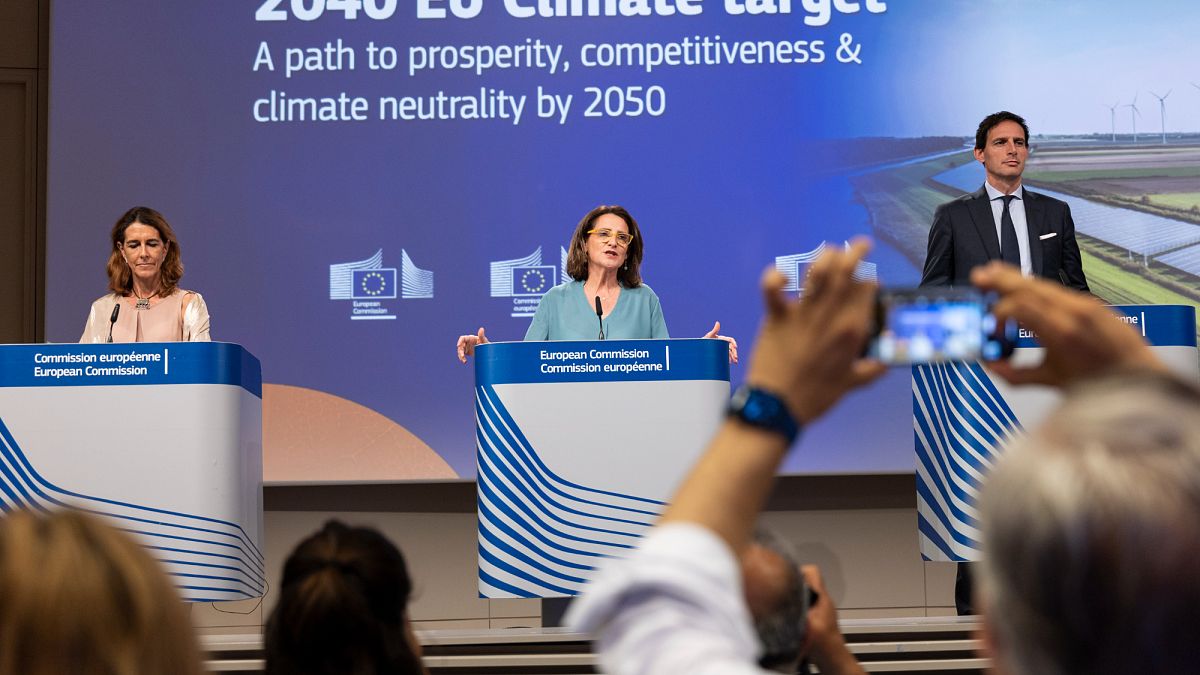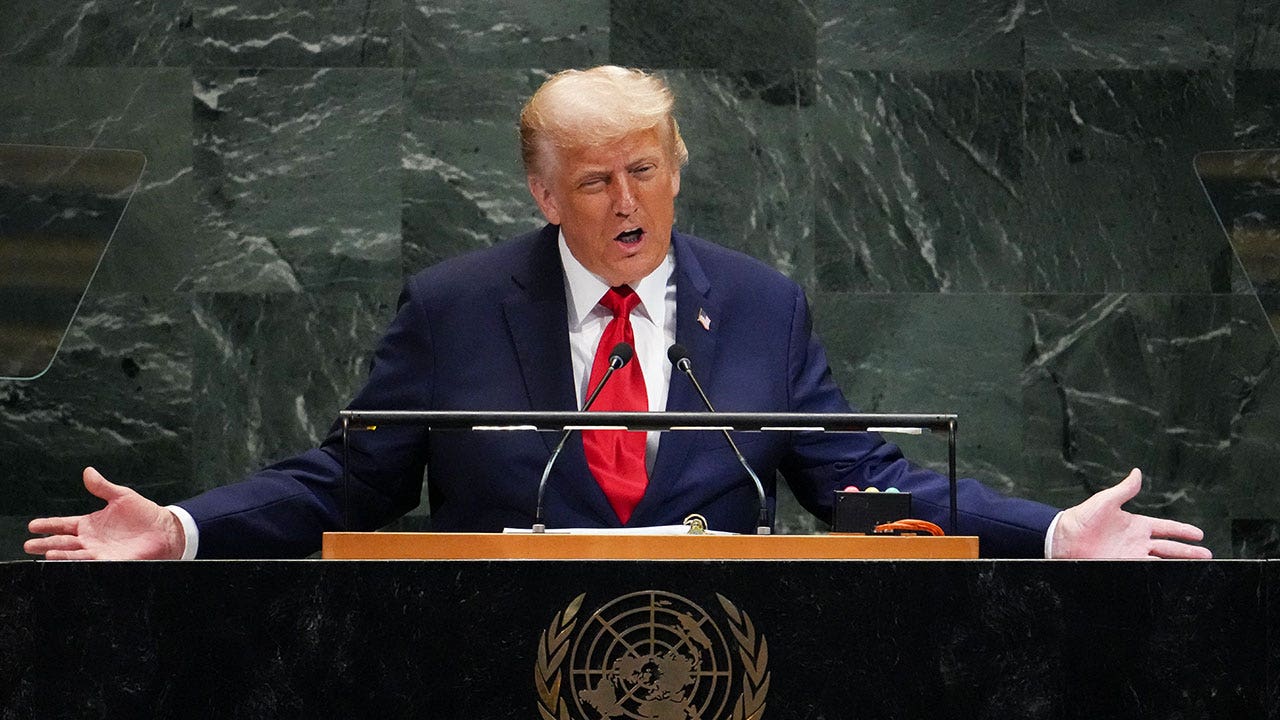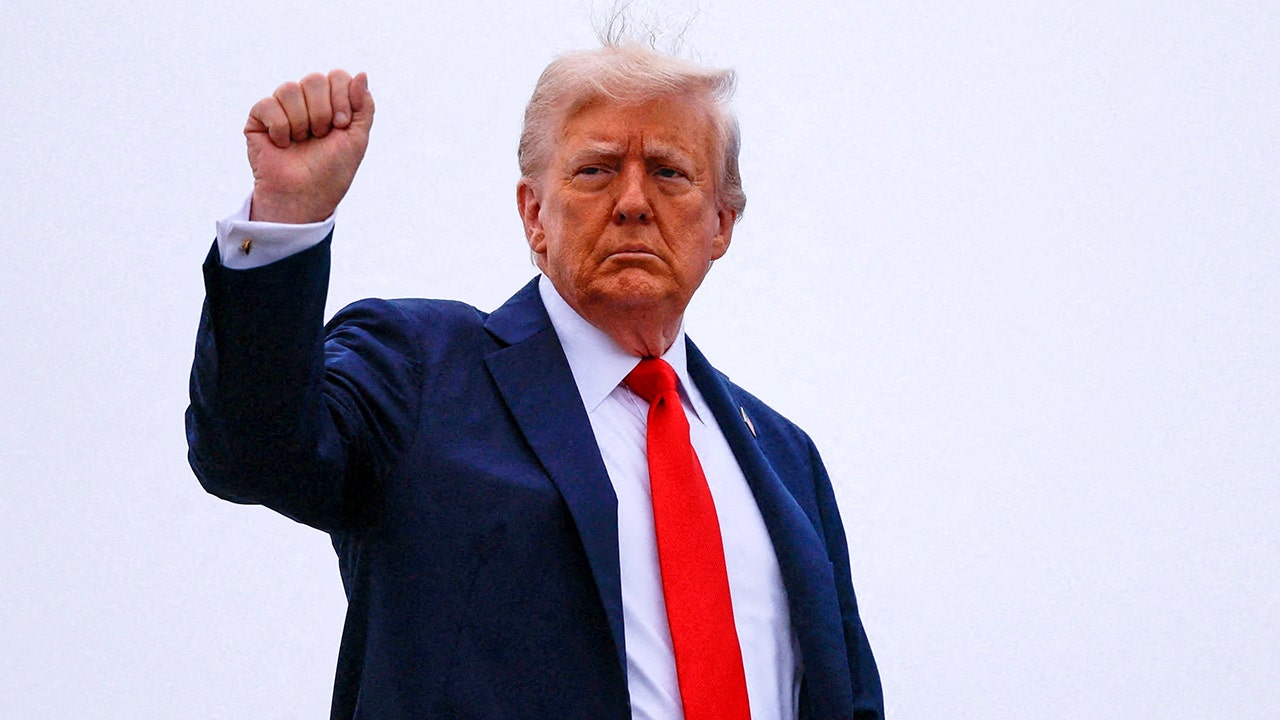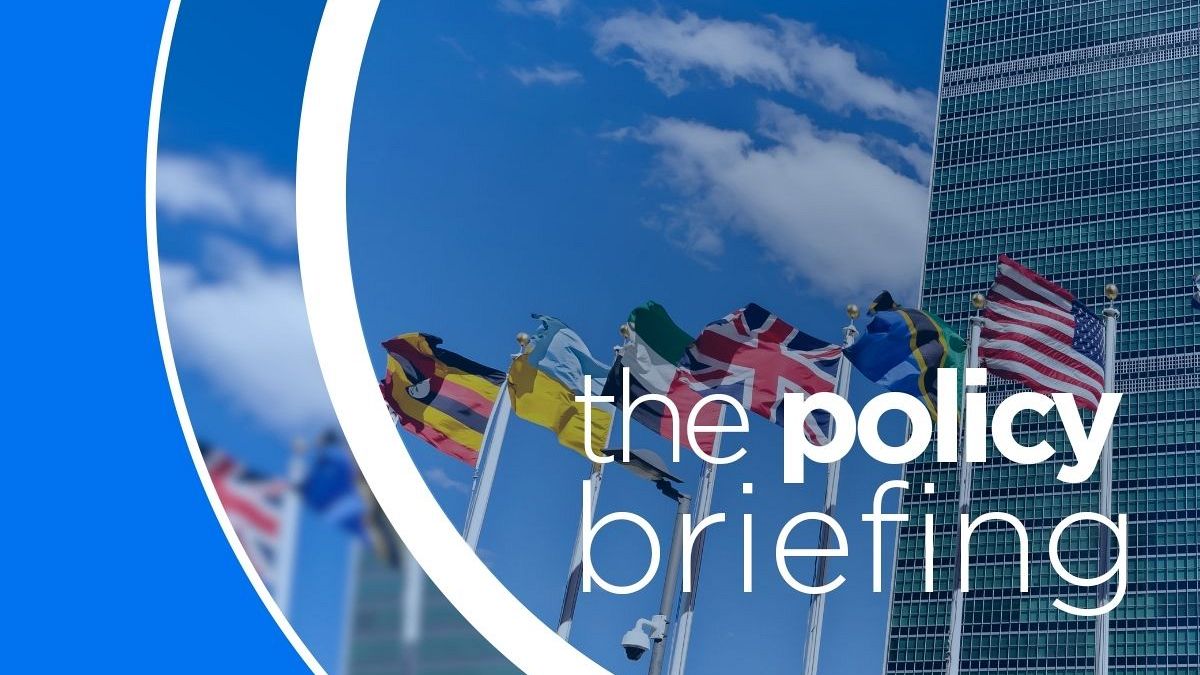The European Commission formally proposed a 90% carbon emissions reduction target by 2040 in an amendment to its Climate Law on Wednesday, as a pathway to achieving zero emissions by 2050.
The 90% emissions reduction target allowed for the controversial use of international carbon credits to account towards the goal, a mechanism that allows countries or companies to buy emission reduction credits from projects outside the EU.
While these credits can theoretically represent genuine climate action, critics argue they often act as a license to pollute, letting wealthier nations avoid making domestic changes.
The Commission opened the door to outsourcing a portion of Europe’s climate effort by effectively allowing the capture or removal of carbon to happen beyond EU borders.
“We’re broadening the solution space,” said Climate Commissioner Wopke Hoekstra. “Part of the work, part of the emission reductions, can be done outside the European Union.”
The Dutch Commissioner pointed out that the vast majority of reductions, including carbon capture, will still take place within Europe.
Concerns and limits
While the original climate law stipulated that both 2030 and 2050 targets must be met through domestic efforts, the Commission now suggests that a limited share of international credits could count toward the 2040 goal.
The Commission’s own Scientific Advisory Board has previously expressed scepticism about the use of international offsets—not opposing them entirely, but warning they should supplement, not replace, domestic action.
To address these concerns, the Commission proposes capping international credits at 3% of the 2040 target. This figure is rooted in Article 6 of the Paris Agreement, a clause largely shaped by the EU, and aligns with Germany’s stance on the issue.
A senior Commission official described the cap as a way to balance European investment priorities with global climate cooperation.
“We believe it’s important not to go for a very high proportion of these credits,” the official said. “This sends the right signal to both European actors and international partners: we’re open to using such credits, but only if they are well-executed and uphold high integrity.”
Additionally, these credits will only be permitted during the second half of the next decade (2036–2040), giving time to build more robust partnerships and ensure the availability of high-quality credits.
The Commission official also specified that any international credits must align with the Paris Agreement, demonstrate environmental effectiveness, and be supported by rigorous monitoring, reporting, and verification systems, similar to the EU’s own emissions trading scheme.
Domestic flexibilities expanded
Beyond offsets, the amendment introduces more sectoral and domestic flexibilities to help achieve the 2040 target in a cost-effective and socially just way.
This includes incorporating permanent carbon removals into the EU Emissions Trading System (EU ETS) and allowing cross-sectoral compensation.
For example, if a country exceeds emissions reductions in the transport or waste sectors, it could use that overperformance to compensate for underperformance in the land use sector.
While such flexibilities already exist under the current Fit for 55 framework, the new approach seeks to expand them.
Executive Vice-President Teresa Ribera explained she often hears from member states performing strongly overall, especially in sectors like housing or transports, but struggling in others like aviation.
“Shouldn’t we, without lowering the bar, allow them to overachieve in some areas while being more flexible in others?”
According to Ribera, these changes reflect a pragmatic evolution of the EU’s climate strategy, aiming to preserve ambition while accounting for diverse national circumstances.
Read the full article here
















